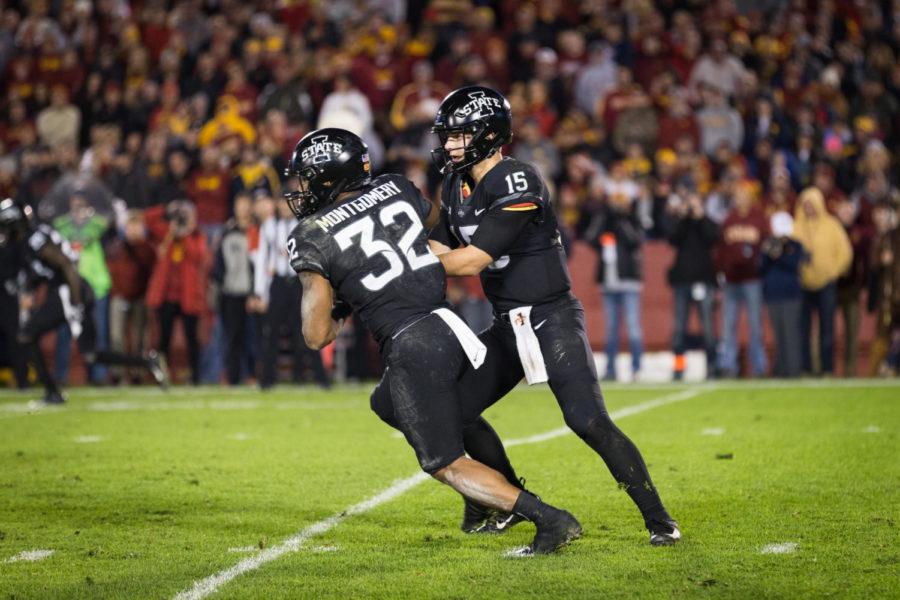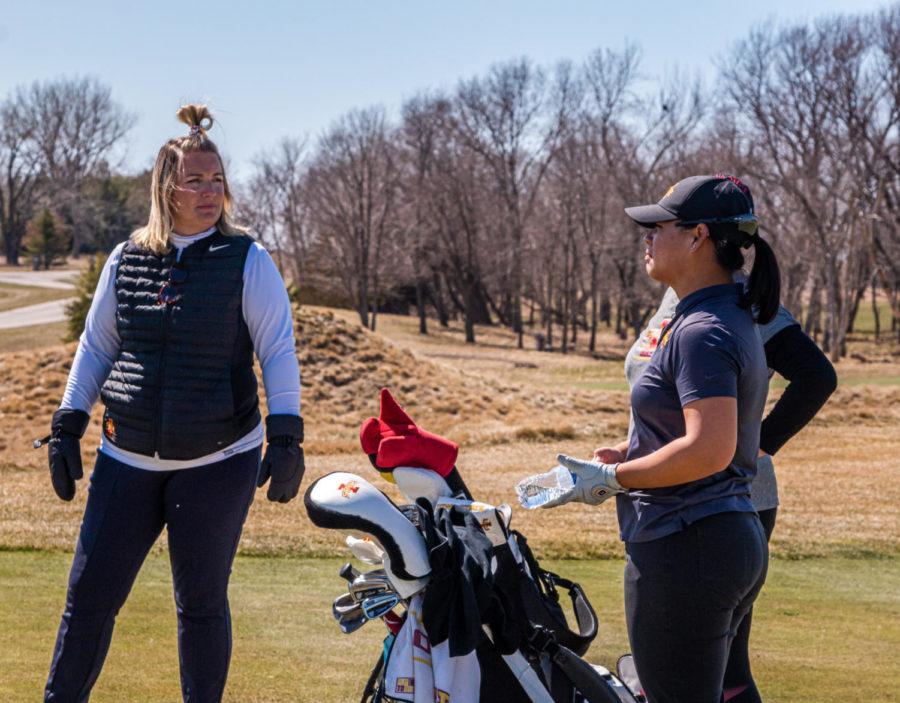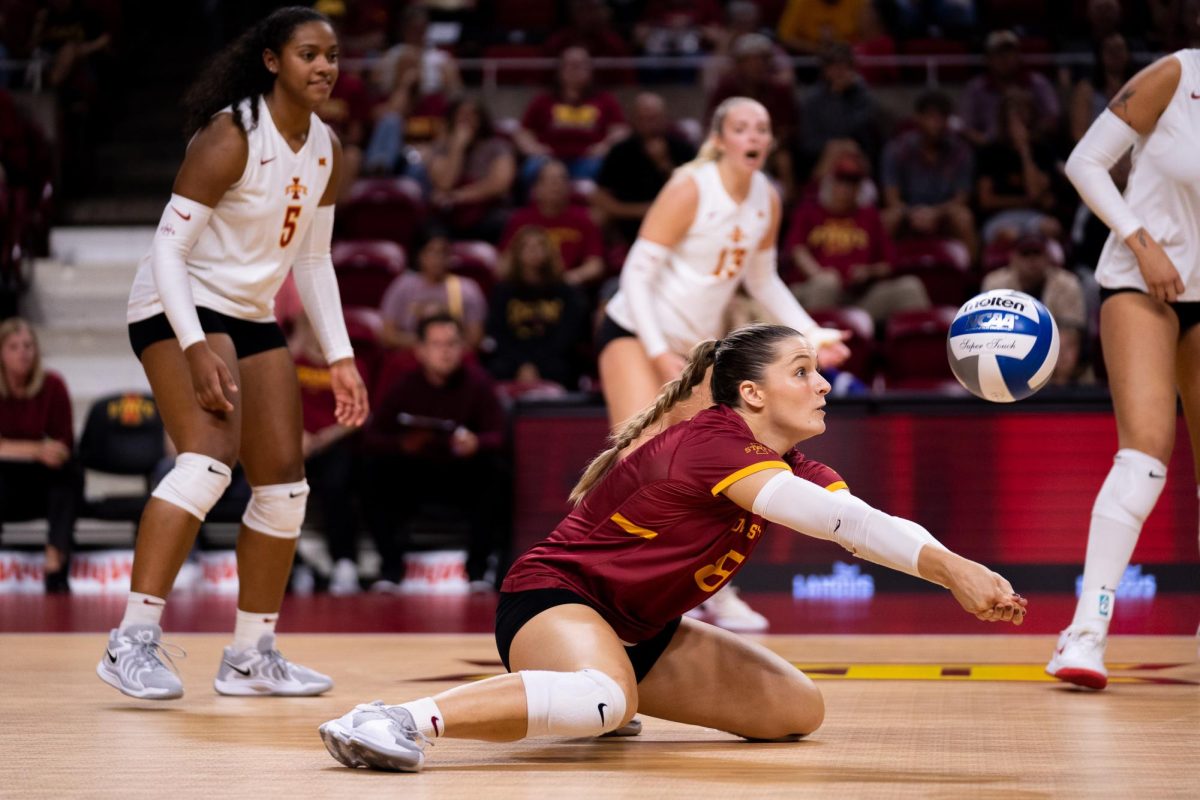Seniors, sophomores debate in animal science classes
October 12, 1999
Professors of animal science are devising new ways to get students involved with class discussions: namely, sitting back and letting the them do the talking.
The classes involved are Animal Science 211 and Animal Science 411, sophomore and senior level classes both tackling “issues facing animal science.”
“In these classes, the seniors take an issue, take a stand and discuss and debate that issue with the sophomores,” said Michael Kenealy, university professor of animal science. Kenealy taught the course last year.
Four animal science professors, James Russell, Max Rothschild, Joe Sebranek and James Reecy, are teamed together this semester to direct the classes.
“We are following the format set for the class last spring,” said Russell, professor of animal science. “I think it will work well, although it is really to early to tell at this point in the game. I will reserve judgment until the end of the semester.”
Dana Drake, senior in 411, said having the classes together accentuates the positives of both groups.
“It helps [the seniors] to give their presentations to more than their own class, and it opens [the sophomores’] eyes to the problems out there,” Drake said.
Reecy said for him, it’s a very difficult class to teach.
“The professor can’t control how [issues] are presented, but it gives the students different perspectives,” he said.
There two objectives of the course, Rothschild said, are “first, to improve the students’ thinking and speaking skills in a debate setting and second, to have them look at ideas related to issues they hadn’t looked at before.”
The first two classes were spent on issue prioritization, Russell said. The students were told to look at each issue from not only a student perspective, but also from a livestock producer and urban perspective.
“We try to give the students the idea … [that] perspective is a part of every issue,” he said.
The senior level course provides the additional benefit of fulfilling requirements for embedded ethics and communications credits because of its speaking requirements.
“It is essentially a speech course,” Sabranek said, “with a valuable part of the experience being able to interact with questions from the sophomores. It forces them to get together.”






